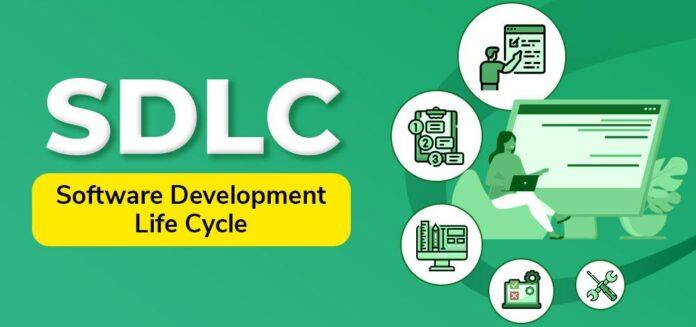The software development process is crucial for creating high-quality software products. One of the key aspects of ensuring software quality is through effective Software Development Life Cycle management. This article explores the significance of SDLC management and how it can enhance the overall quality of software.
1. Understanding Software Development Life Cycle
Software Development Life Cycle is a fundamental process that guides the development of software applications. It ensures that software projects are carried out systematically, from the initial idea to the final product. Understanding the Software Development Life Cycle is crucial because it helps teams avoid common pitfalls and challenges during software development. It provides a framework for managing projects, reducing risks, and delivering successful software solutions.
Micro Focus states, “The application life cycle management methodology is important because it helps developers create high-quality software products and provides a foundational framework for all project activities.”
2. Planning and Requirements Gathering
The planning phase is where project stakeholders define the objectives and scope of the software project. Requirements gathering is crucial to this phase, involving close collaboration with clients and end-users. This step helps ensure that all parties clearly understand what the software should accomplish. Proper planning and requirements gathering set the foundation for a successful project, reducing the chances of costly changes or misunderstandings later in development.
3. Designing the Blueprint
Designing the software’s architecture is like creating a detailed map that guides the development process. It involves determining how different components interact, making decisions about the technology stack, and ensuring that the software can scale as needed. A well-thought-out design phase is essential because it lays the groundwork for efficient coding and minimizes the risk of architectural flaws that could affect the software’s performance and stability.
4. Efficient Coding Practices
Coding is where the software begins to take shape. In this phase, developers write the code based on the design specifications. In addition to writing functional code, adhering to coding best practices is crucial. These practices include writing clean and readable code, following coding standards, and using version control systems. Efficient coding practices ensure the software functions correctly and make it easier to maintain and enhance in the future.
5. Rigorous Testing
Testing is an essential part of the Software Development Life Cycle, and it involves systematically examining the software for any defects or issues. Rigorous testing is crucial because it helps identify and address issues early in development. It includes various types of testing. Through thorough testing, software quality can be assured, and the risk of releasing a flawed product to users is minimized.
6. Regular Updates and Maintenance
Even after the software is deployed, the Software Development Life Cycle continues through the maintenance phase. Regular updates and maintenance are essential to address any bugs that may arise, add new features, and adapt the software to changing user needs. This ongoing effort ensures that the software remains reliable, secure, and up to date. It also helps extend the software’s lifecycle and provides a positive user experience.
7. Collaboration and Communication
Effective collaboration and communication among team members are fundamental to successful Software Development Life Cycle management. Clear and open lines of communication ensure that everyone involved in the project understands their roles and responsibilities. Collaboration fosters creativity and problem-solving, allowing teams to work together efficiently and deliver high-quality software.
Effective Software Development Life Cycle management is instrumental in improving software quality. It ensures that software is developed systematically, following best practices, and meeting user requirements. By understanding and implementing the different phases of the Software Development Life Cycle, software development teams can enhance the quality of their products and deliver reliable and high-performing software. So, remember, the key to better software quality lies in efficient Software Development Life Cycle management.
Write and Win: Participate in Creative writing Contest & International Essay Contest and win fabulous prizes.
















